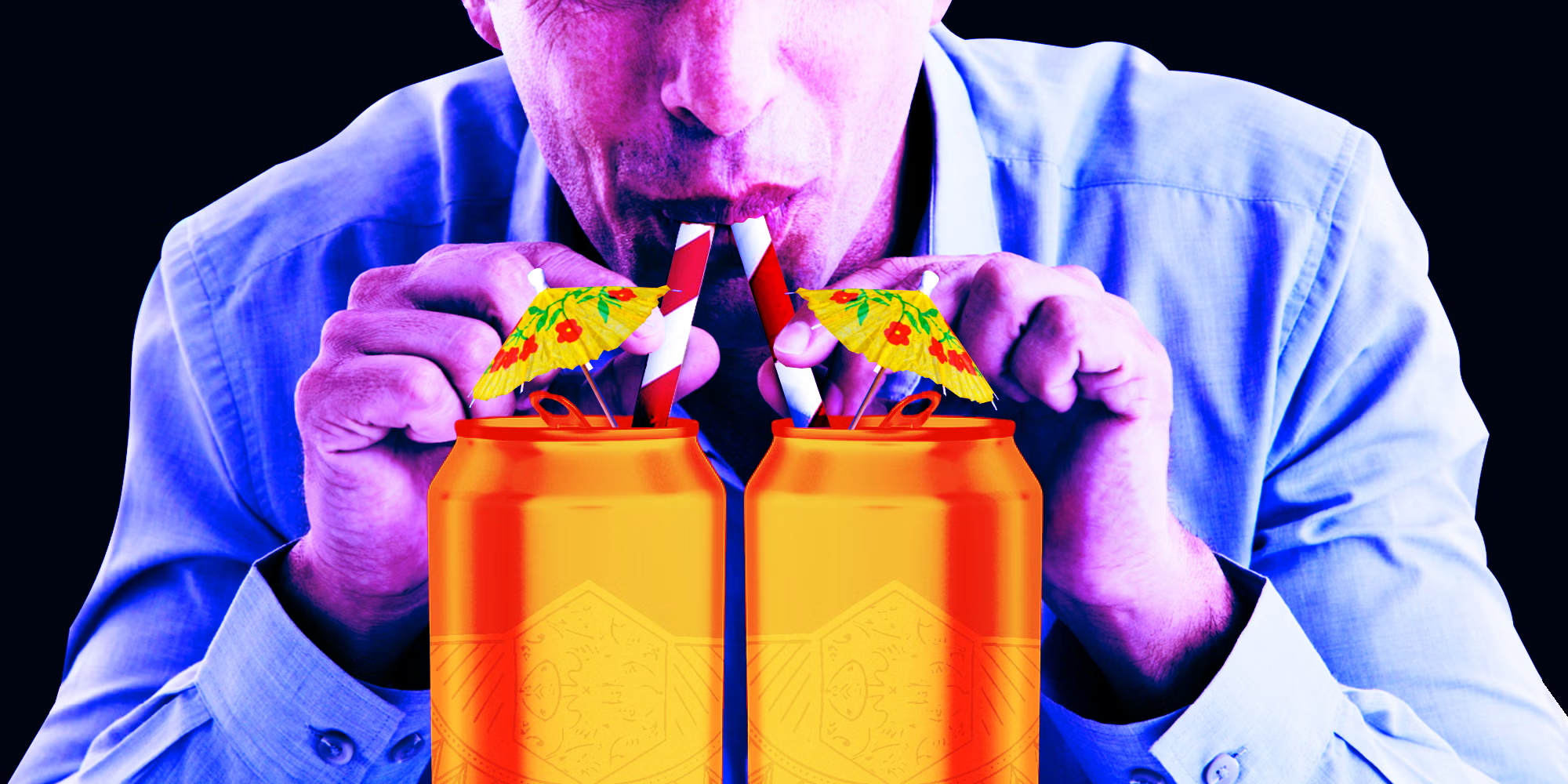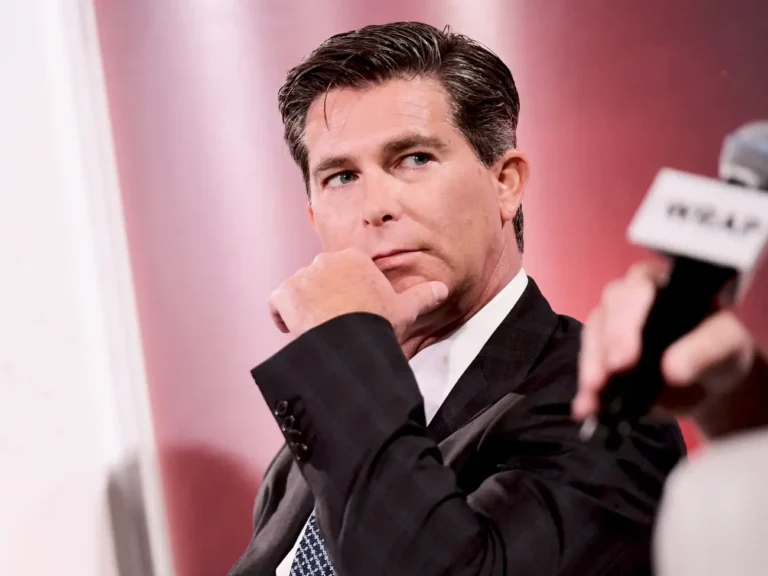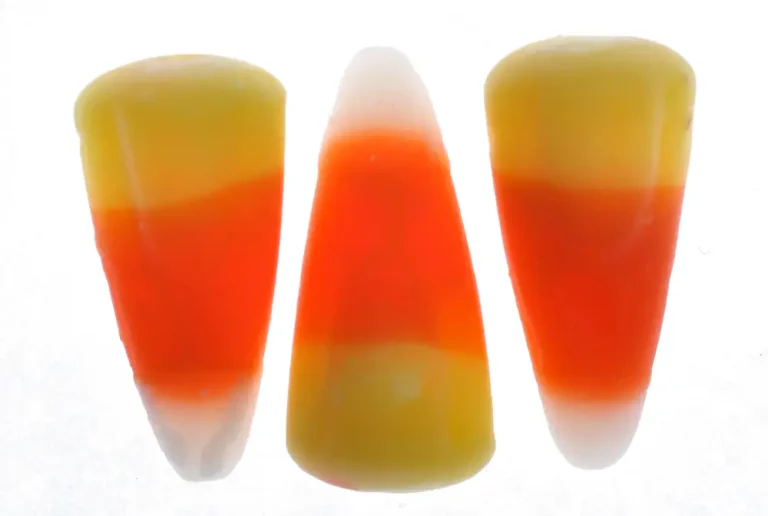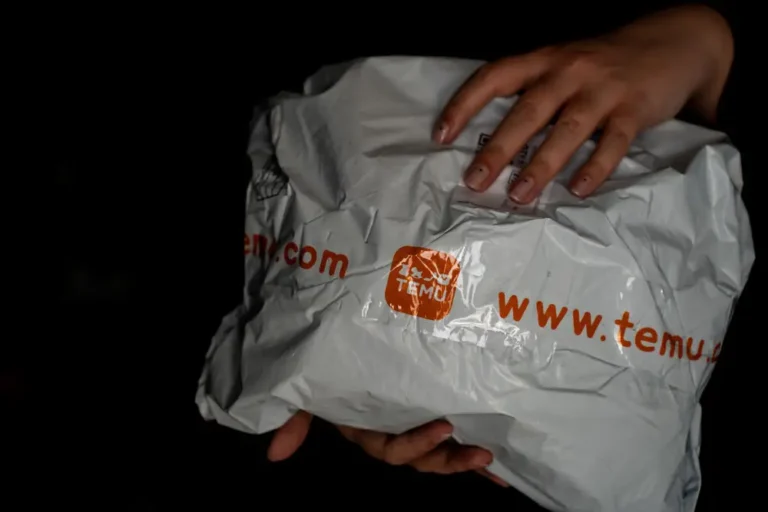The canned booze revolutionHow hard seltzers got America hooked on even harder stuff

Ready-to-drink alcoholic beverages — industry speak for canned and bottled non-beer drinks — have been around for a long time. Smirnoff Ice, Mike’s Hard Lemonade, and Twisted Tea were introduced around the turn of the century. In the 2010s, the hard seltzers started to pop up, with names like White Claw and Truly, both of which launched in 2016. Their ABV was typically similar to the average beer, somewhere between 4% and 6%. The pandemic supercharged the trend: The bars closed, and people were left to their own devices, alcohol-wise — and they were drinking more, too.
“During the pandemic, hard seltzers really blew up, and I think hard seltzers are one of those ones that were perceived as a little bit of a better-for-you option,” said Kaleigh Theriault, an associate director of beverage-alcohol thought leadership at NIQ, a market research firm. Unfortunately, there’s no kind of alcohol that’s actually better for you, but the companies leaned in — many of the drinks were positioned as low-calorie, low-carb, low-sugar, etc., and many still are.
NIQ dubbed 2020 the “summer of seltzers.” Recognizing the drinks’ popularity, a bunch of companies threw their hat in the ring, including AB InBev and Coca-Cola. The market got saturated, and people started to realize there could be a lot more to canned alcohol than beer and hard seltzers.
“There’s so many more products available that another lime hard seltzer probably isn’t going to get much shelf space,” said Chris Budzik, a senior market analyst at IWSR, which covers the alcoholic-beverage industry. “So companies are having to innovate more and more, and that has led to some higher-ABV canned cocktails.”
If I can have a mediocre hard seltzer on the go, why not up my game and get a nice crisp G&T?
According to NIQ, “fourth category” sales — meaning ready-to-drink and ready-to-serve alcoholic beverages — have reached $13.1 billion in sales over the past year, up from $12.6 billion in the year before and $11.8 billion two years ago. It now represents 12% of total alcohol sales in dollars. Hard-seltzer sales are at $3.7 billion, but they’ve declined by 13.1% over the past year as they’ve come back down to a post-pandemic earth. Meanwhile, spirits-based drinks are up by 22.5%, to $2.5 billion. (Flavored malt beverages, such as Cayman Jack, are up too, by 9.9%, to $5.4 billion.)
A lot of these spirits-based drinks have a higher ABV, in part because they have to — there’s just no way to make a low-alcohol Manhattan. You add vodka or gin or tequila to the mix, and the alcohol content goes up. And as consumers have been introduced to the idea of drinks in a can, they’ve expanded their horizons. If I can have a mediocre hard seltzer on the go, why not up my game and get a nice crisp G&T? The authenticity of the spirit in the drink is appealing.
Kate Bernot, the lead analyst at Sightlines, an analyst group that covers the alcohol industry, said there were three main factors in the growth of the RTD cocktail sector and the accompanying increased booziness: consumer taste, corporate ambition, and state policy.
People are jazzed about the idea of getting something prepackaged (and cheaper) at a store. It’s expensive and annoying to buy all the ingredients you need to concoct an espresso martini or a mai tai at home, and sometimes you just don’t want to go to a bar. You might as well just grab a Cutwater. The portability is also a big draw: You can bring a few cans to the beach with you, or grab a six-pack on the way to a dinner as a substitute for the bottle of wine you might normally give the host.
“There’s genuine consumer organic excitement,” Bernot said.
Given the fast-rising popularity of RTD alcoholic beverages, there are a lot of new brands — many have been on the shelf for less than a year. The next time you go to the liquor store or wherever it is in your area that’s allowed to sell alcohol, take a look at all the options — there are probably a lot of names you’ve never even heard of.
“There are just so many more options nowadays,” Theriault, from NIQ, said. “It’s also overwhelming. “
Various states have passed laws to allow distilled-spirits products like canned cocktails to be sold in places where they previously couldn’t be or have changed the structure of how such beverages are taxed. Pennsylvania changed its laws to let grocery stores and convenience stores sell canned cocktails of up to 12.5% ABV starting in September. Michigan and Vermont have lowered RTD taxes. Bernot described the changes as a result of “a combination of consumer demand, more brands, and more retail access.”
There are just so many more options nowadays.
It’s kind of impossible not to notice the proliferation of canned cocktails — which are increasingly available at sporting events and concerts and even at bars — especially in a moment when the service sector is struggling to find workers. They’re now common in social settings; buying a six-pack of canned margaritas isn’t that different from picking up a six-pack of beers. But they also come with some risks for those not in the know. A friend and I regularly go on walks with her dog in my neighborhood, accompanied by a couple of cans of gin and tonic. The other day I pointed out to her that the ABV on those little cans was three times a Bud Light — she had no idea.
The surprise booziness of some of the canned cocktails has become a bit of a meme. Someone recently posted a picture of a Cutwater lemon-drop martini accompanied by the caption “I just drank two of these and now I’m responding to everyone’s Instagram story like they sent it to me personally.” Probably because those puppies are 11% ABV. People who are choosing spirits over beer more often are consuming a lot more alcohol per drink than they used to.
It’s not just the canned cocktails that are getting drunker, either. White Claw and Truly now make extra-alcoholic varieties. Canned wines can be pretty dangerous, because a lot of people don’t realize that they often actually have two glasses, not one. And last year, Modelo surpassed Bud Light as the most popular beer in America; its ABV is slightly higher. IPAs with high alcohol content have proliferated. One of the most popular craft beers in the country is Voodoo Ranger Imperial IPA, which is 9% ABV and also comes in a 19.2-ounce can, if that’s something you’re into.
“What a time to be alive,” Bernot said. “That’s just a lot of beer, man.”
Budzik said he’d “personally noticed that the 8% double IPAs have become the standard.”
Nonalcoholic beverages, like zero-proof beers and mocktails, are growing, too, which has led to almost a hollowing out of the middle on alcohol. Either people are getting really drunk or they’re not drinking. At this point, a run-of-the-mill lager or seltzer is basically considered a light option.
Trends are constantly coming and going, including in alcohol. In such a crowded industry, there’s no guarantee all these brands and drinks will stick around.
“When something becomes popular, it’s going to get some play. Products are going to come out that reflect that,” Budzik said. “Will they still be here in five years? Who knows.”
So I guess if there’s a canned cocktail you’re really into, maybe stock up. Or get ready to figure out how to do some mixology on your own. And in the meantime, really, check the ABV on the label before you’re in for an unintended wild time.






